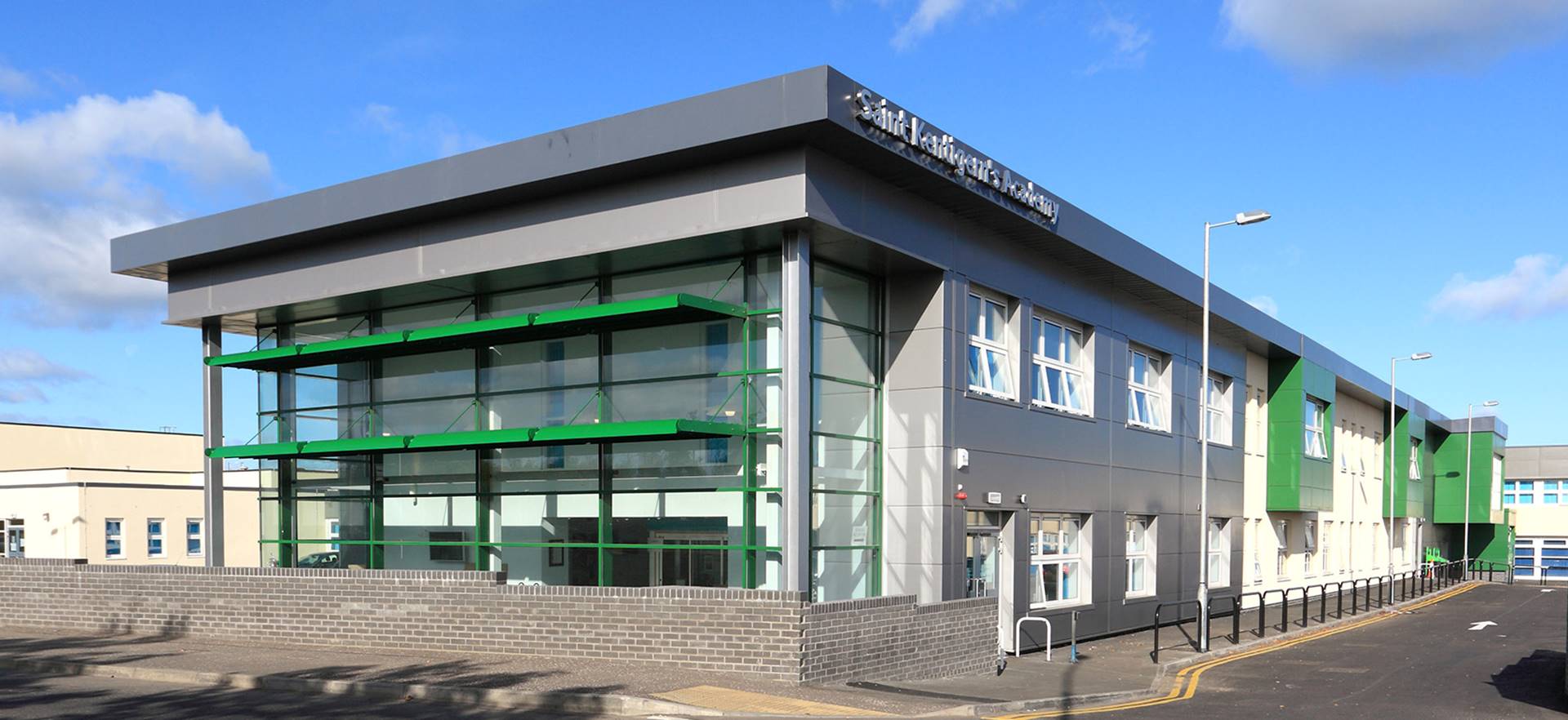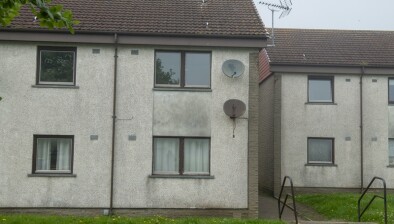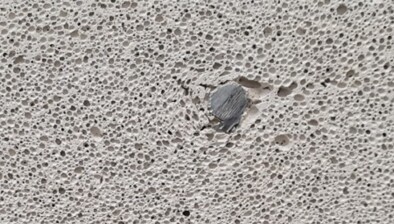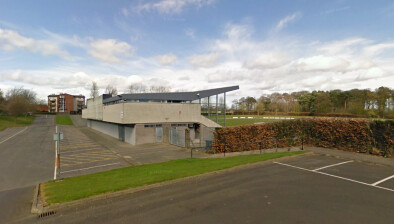RAAC found in 35 Scottish schools

Work is underway to fully understand the presence of reinforced autoclaved aerated concrete (RAAC) across the school estate after the potentially dangerous material was found in at least 35 schools across the country, the Scottish Government has confirmed.
The lightweight form of concrete used in the construction of schools, colleges and other buildings from the 1950s to the mid-1980s is being assessed after it was linked to the collapse of the roof at Singlewell Primary School in Kent in 2018.
Last week, the government said it has “sought to reassure ministers” that mitigation is in place to avoid disruption at the schools where it was discovered.
The announcement comes after pupils at 104 schools south of the border will be placed in temporary accommodation due to the presence of RAAC.
Ministers have stressed pupils will not be taught in the parts of school buildings where the concrete is considered a risk.
A Scottish Government spokesperson said: “This is an issue that all parties are taking seriously and reviews of reinforced autoclaved aerated concrete in property have been conducted by local authorities, NHS Scotland and other public sector organisations for some time so we can all fully understand the scope of RAAC, including in the school estate.
“We have now received returns from all local authorities and councils have sought to reassure ministers that in the small number of schools where they have identified RAAC, appropriate mitigation plans have already been put in place to ensure the safety of pupils and staff, including ensuring that pupils are not being taught in parts of buildings at risk due to RAAC.
“Ministers are clear that they expect local authorities to continue to monitor the situation and we will continue to work closely with them in their response to the challenge.”
Earlier this year, NHS Scotland issued a Safety Action Notice which warned that RAAC could be present in more than 250 of its buildings. The notice said roofs, walls and flooring made of RAAC were at “risk of catastrophic structural failure”, which could occur “suddenly” and “without warning”.
Colin Tait, a civil and structural director at Harley Haddow, said potential RAAC panel failures could be catastrophic.
Mr Tait said: “It is surprising that this has suddenly become an issue, as the failure mechanisms of RAAC panels have long been discussed and on the radar of structural engineers. Across the UK, RAAC panels are present in a large number of buildings from police stations through to schools and hospitals. A collapse of these planks could be catastrophic, which is why we are seeing such rapid action being taken.
“From the mid-90s, the UK’s Building Research Establishment was publishing information guides on RAAC identification, potential failure modes, maintenance regimes and remedial works – this was all off the back of RAAC failures in the 80’s.
“As recently as 2019, warnings by the UK’s SCOSS (Standing Committee for Structural Safety) of a RAAC panel collapse in a school brought a renewed light to the subject. Respective government bodies made building owners aware of these potential risks at that time.
“There are many reasons why these planks fail. Overloading, poor or limited plank support, excessive deflection and water ingress to name a few. Some of these flaws are down to poor design, poor construction, or simply down to poor maintenance. Cracking to the plank, particularly near its support and water ingress – whereby it turns the concrete, in essence, to a ‘sponge’ – were felt particularly worrying. Hidden behind false ceilings, collapse of these planks could be without warning and devastating.
“Presently the Department for Education August 2023 guidance advises restriction of access to spaces where RAAC has been confirmed. This is irrespective of the condition, the maintenance programme or inspection regime previously implemented.”

















